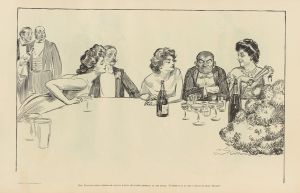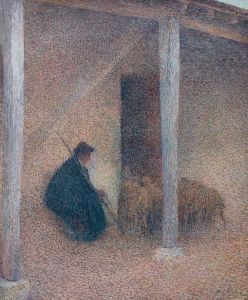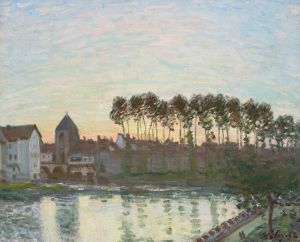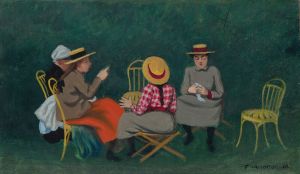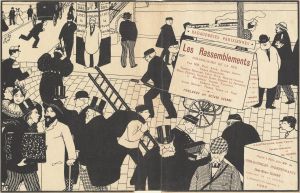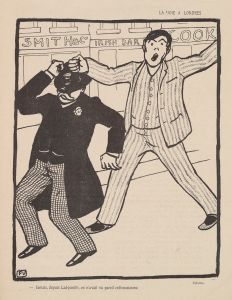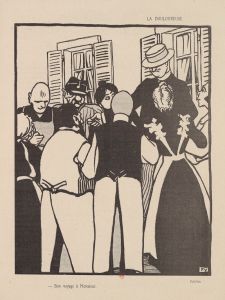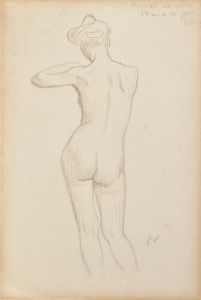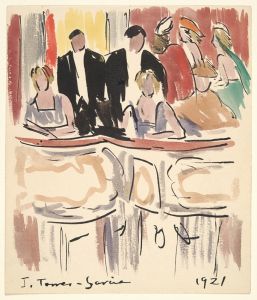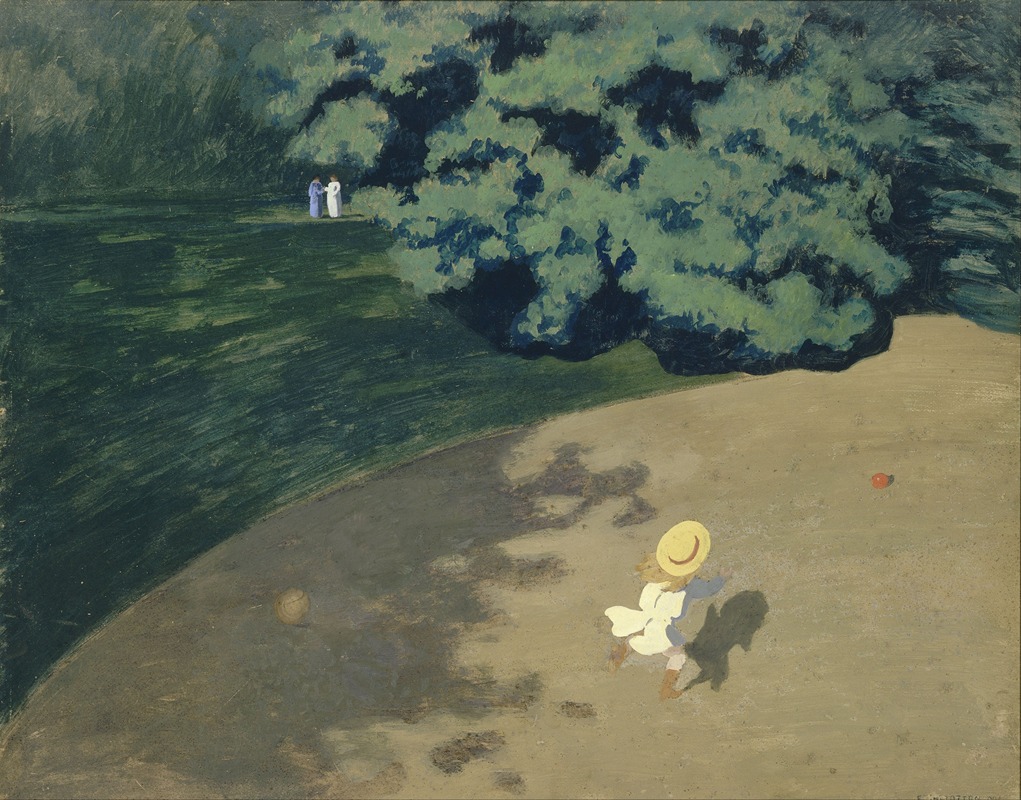
The Ball
A hand-painted replica of Félix Vallotton’s masterpiece The Ball, meticulously crafted by professional artists to capture the true essence of the original. Each piece is created with museum-quality canvas and rare mineral pigments, carefully painted by experienced artists with delicate brushstrokes and rich, layered colors to perfectly recreate the texture of the original artwork. Unlike machine-printed reproductions, this hand-painted version brings the painting to life, infused with the artist’s emotions and skill in every stroke. Whether for personal collection or home decoration, it instantly elevates the artistic atmosphere of any space.
Félix Vallotton's painting "The Ball" is a notable work by the Swiss-French artist, created in 1899. Vallotton, a member of the avant-garde group Les Nabis, was known for his distinctive style that combined elements of Post-Impressionism and Symbolism. His works often featured bold outlines, flat areas of color, and a keen sense of composition, which are evident in "The Ball."
"The Ball" depicts a serene and somewhat enigmatic scene of children playing with a ball in a garden. The painting captures a moment of leisure and innocence, with the children absorbed in their game. Vallotton's use of color and composition in this painting is particularly striking. He employs a limited palette, focusing on greens, whites, and reds, which gives the scene a harmonious yet slightly surreal quality. The garden setting is lush and verdant, with carefully rendered trees and foliage that frame the children and create a sense of depth.
One of the most distinctive features of "The Ball" is Vallotton's use of perspective and space. The composition is carefully structured, with the figures of the children placed in such a way that they lead the viewer's eye through the painting. The ball itself, a small red sphere, acts as a focal point, drawing attention to the center of the action. Vallotton's handling of light and shadow adds to the painting's atmosphere, with dappled sunlight filtering through the trees and casting soft shadows on the ground.
Vallotton's work often explored themes of domestic life and the private sphere, and "The Ball" is no exception. The painting captures a moment of everyday life, yet there is an underlying sense of mystery and introspection. The children's expressions are not clearly defined, leaving their emotions open to interpretation. This ambiguity is a hallmark of Vallotton's style, inviting viewers to engage with the painting on a deeper level.
"The Ball" reflects Vallotton's interest in Japanese woodblock prints, which influenced his use of flat color and strong outlines. This influence is evident in the way he simplifies forms and focuses on the overall composition rather than intricate details. Vallotton's ability to convey mood and emotion through such simplicity is one of the reasons his work continues to be celebrated.
Today, "The Ball" is recognized as an important example of Vallotton's contribution to modern art. It exemplifies his unique approach to painting, which combined elements of traditional European art with modernist tendencies. The painting is held in high regard for its technical skill, compositional balance, and the subtle complexity of its subject matter. As with many of Vallotton's works, "The Ball" invites viewers to pause and reflect on the quiet moments of life, capturing the beauty and mystery of the everyday.






